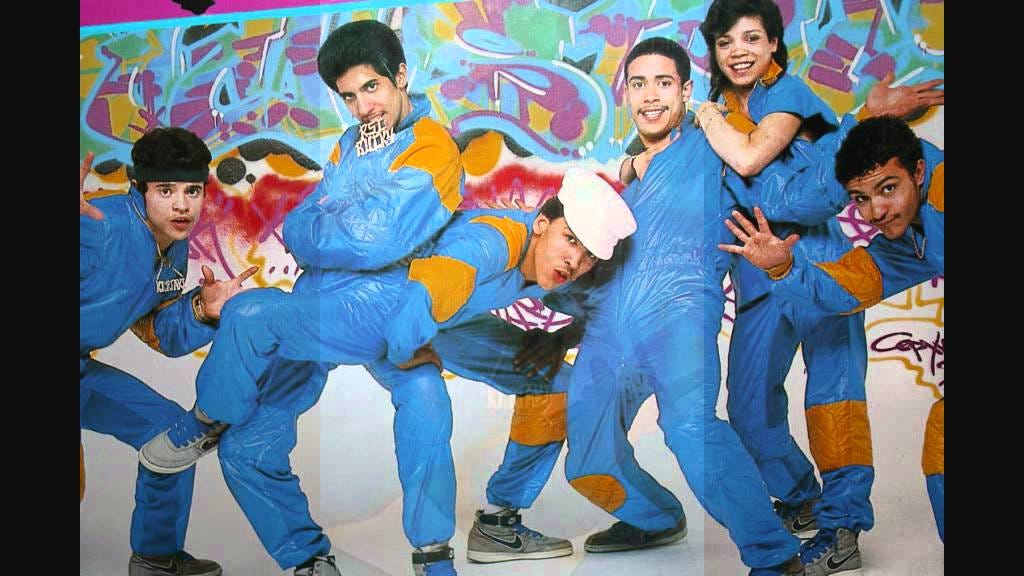Rock Steady Crew: Pioneers and Icons of Breakdancing
Rock Steady Crew, founded in 1977 in the Bronx, revolutionized breakdancing with acrobatic moves and global influence. They were known for iconic battles and appearances in films like Flashdance.
As hip-hop culture flourished in the South Bronx during the late 1970s, breakdancing emerged as a key element in resolving neighborhood conflicts through dance battles. This environment gave birth to various dance crews, though their popularity waned by 1977. Puerto Rican B-boy Jojo, determined to revive the art form, founded the Rock Steady Crew. Initially known as The Untouchable Four B-Boys, the crew expanded by holding dance battles to induct new members. Notable additions included Baby Love, Buck Four, Crazy Legs, Kuriaki, Prince Ken, and Devious Doze.
Early Formation and Notable Members
Jojo, along with original members EZ Mike, Peabody 170th, and Jimmy D, expanded the Rock Steady Crew by incorporating dancers who prevailed in battles. These dancers brought unique styles and skills:
Baby Love (Daisy Castro): The first B-girl to gain national fame.
Devious Doze (Jeffrey Greene): Known for his graffiti art visible across New York.
Prince Ken (Kenneth Gabbert): Epitomized B-boy culture.
Crazy Legs (Richard Colon): Credited with inventing power moves like the backspin, continuous backspin, and the 1990.
Pioneering Dance Moves
The Rock Steady Crew revolutionized breakdancing with groundbreaking acrobatic moves such as:
Head spins: Continuous spins balancing on the head.
Head flips: Hands-free headsprings.
Backspins and 1990s: Spins involving rapid motion and balancing.
These moves became signature techniques that defined breakdancing and influenced future generations of dancers.
Rise to Fame and Cultural Impact
In 1981, the Crew gained significant exposure through a battle with the Dynamic Rockers at the Lincoln Center Outdoors Program, covered by national media like National Geographic. Crazy Legs, who became the group's president, founded a Manhattan chapter and helped propagate hip-hop culture by joining Afrika Bambaataa’s Zulu Nation in 1982.
Appearances in documentaries like Wild Style and Style Wars, and a cameo in the 1983 film Flashdance, introduced B-boying to a national audience. Managed by Kool Lady Blue, the Crew joined the Roxy Tour, performing in London and Paris, and the Wild Style Tour in Japan.
Mainstream Success and Challenges
By 1984, B-boying, now often referred to as "breakdancing," became a pop culture phenomenon. The Rock Steady Crew signed with Virgin Records and released their single "Hey You," which charted in the U.S. and sold over a million copies in the U.K. Their album Ready for Battle followed, but legal issues soon hindered the group's ability to perform together.
Despite the growing mainstream success, internal challenges and tragedies struck the Crew. In 1991, two original members, Buck Four and Kuriaki, were murdered in separate incidents, marking a dark period in the Crew's history.
Legacy and Continuation
Despite the decline in public fascination with breakdancing by the 2000s, the Rock Steady Crew celebrated their 30th anniversary with a compilation album titled 30 Years to The Day. Today, Crazy Legs remains dedicated to preserving the art of B-boying. The Crew's influence continues with numerous chapters worldwide, ensuring the legacy of the original members lives on.
Devious Doze: Now recognized for his artwork in galleries and corporate ads.
Baby Love: Transitioned to gymnastics, performing for the U.S. Gymnastics Federation.
Prince Ken: Created a documentary, The Rock Super Dynamite Soul, detailing the history of B-boying.
The Rock Steady Crew’s contributions to hip-hop history and dance are indelible, cementing their status as pioneers and icons in the realm of breakdancing.
For more details, visit the full article here.



